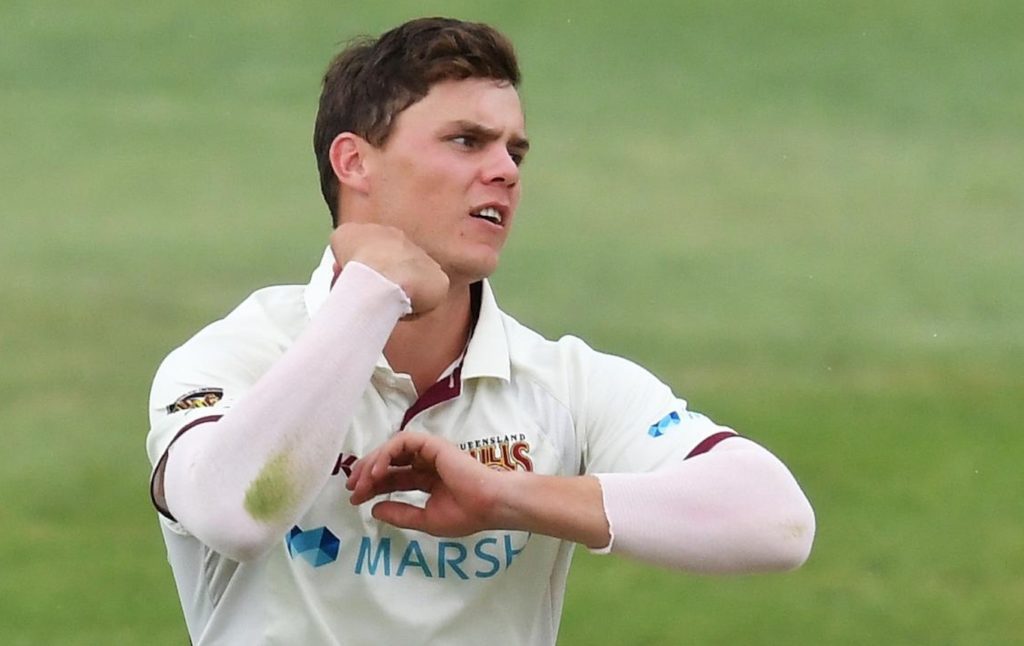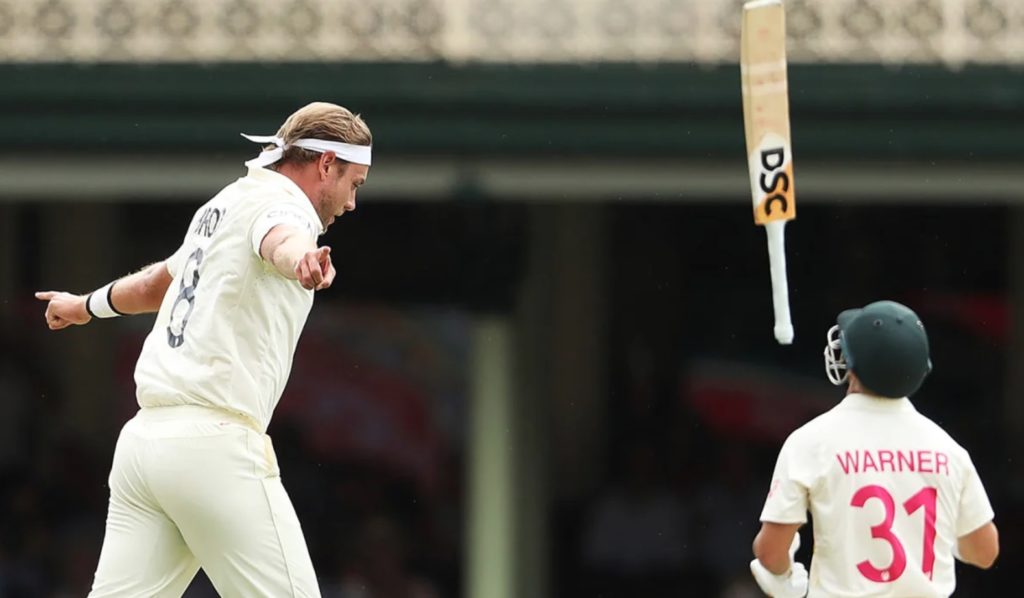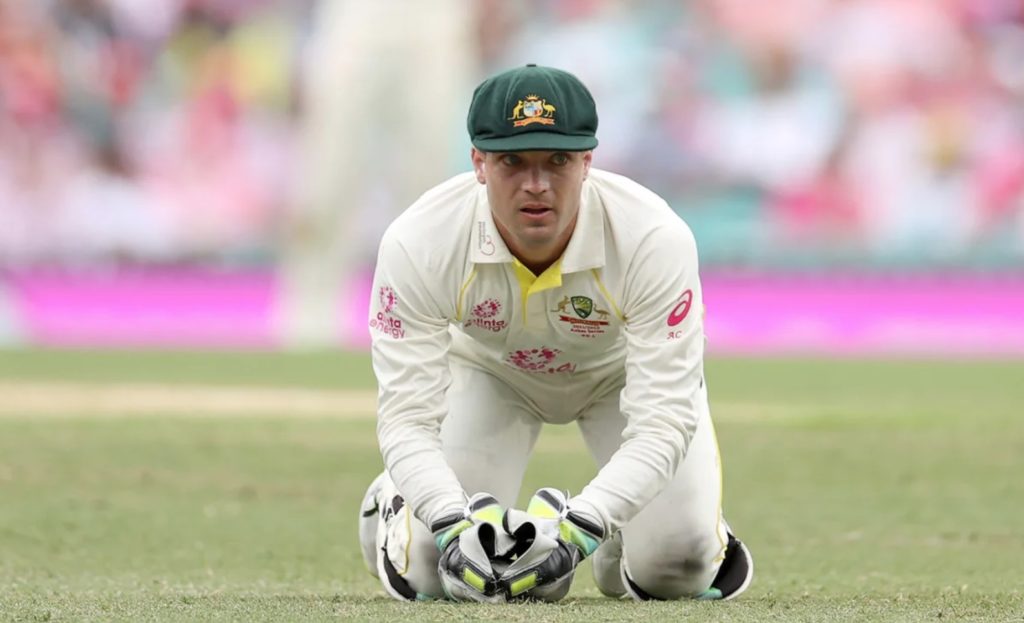Drubbing a desperately poor England papered over cracks that must be addressed before Australia can be the world’s best Test side.
Australia steamrolled England to win the fifth Test by 146 runs in Hobart this past Sunday, adding to their big wins in Brisbane, Adelaide and Melbourne.
However, battering a subdued England is a very different proposition to taking on the current top Test nation, India, who dealt a blow to the Australians’ pride at their last meeting by beating them at home.
And if the Aussies want to reclaim their position at the top of the Test rankings, this Ashes series has exposed some questions that need to be answered.
Bowling
England’s fragile batting had no answers to the relentless and hostile Australia attack.
Australia have relied on a three-man pace battery of Pat Cummins, Mitchell Starc and Josh Hazlewood for the past two years.
But when Hazlewood suffered a side strain in the first Test and missed the rest of the series, Australian selectors were forced to bring in replacements.
Michael Neser, Jhye Richardson and Scott Boland were brought in at various stages and performed impressively, particularly Boland, who took incredible figures of 6-7 in the second innings of the Boxing Day Test in Melbourne.
The issue for Australia going forward is who to leave out – a nice problem to have.
More troubling is the question of who is the next spinner in line after Nathan Lyon.
With their next Tests scheduled for Pakistan in March, as well as Tests away to Sri Lanka and India later in the year, Australia may need to play two spinners on the sub-continent.

Leg-spinner Mitchell Swepson was in the Ashes squad and has been named in six Test squads since 2017.
But the 28-year-old is still to make his Test debut.
Batting
Australia’s batting remains strong although there appear to be some concerns at the top of the order.
Nos 3 and 4, Marnus Labuschagne and Steve Smith, are two of the best batters in the world – and Travis Head came into his own, scoring two slashing centuries in Brisbane and Hobart on his way to being named Man of the Series.
Australia have also been rewarded for their patience with Cameron Green. After a slow start against India last year, the towering all-rounder averaged 15.77 with the ball and 32.57 with the bat.
But there are issues lying in wait. Mercurial opener David Warner is now 35 and his powers appear to be waning.
Despite scoring 94 in Brisbane and 95 in Adelaide, Warner’s form tailed off and he averaged just 34.13 for the series, finishing with a pair in Hobart.

His opening partner for the first four Tests, Marcus Harris, was dropped after Sydney for another 35-year-old, Usman Khawaja.
Khawaja scored twin centuries in Sydney at No 5, but failed as an opener in Hobart with 0 and 11.
Captain Cummins admitted before the fifth Test that succession planning needed to be in place at the top of the order, but with Will Pucovski battling concussion-related health issues, there are no obvious candidates.
Wicketkeeper
Australia’s other major question is at wicketkeeper, where Alex Carey has failed to cement his spot as a replacement for former captain Tim Paine.
Carey has long been the heir apparent, but although he was tidy in Brisbane, his work behind the stumps after the first Test was uncertain at times and poor at others, particularly to the fast bowlers.
He also failed to make his mark with the bat, scoring only 183 runs at an average of 20.33 and often threw his wicket away with poor shots.
Australia have other options at keeper, with highly regarded Josh Inglis and Jimmy Peirson waiting in the wings – so Carey’s place is under pressure.
ALSO READ: Five problems England must fix after Ashes debacle
© Agence France-Presse







